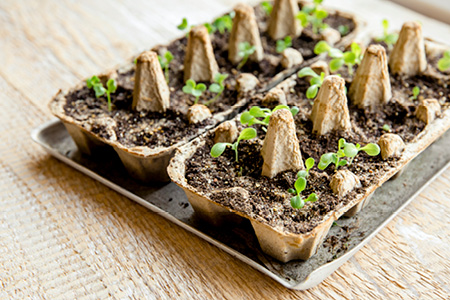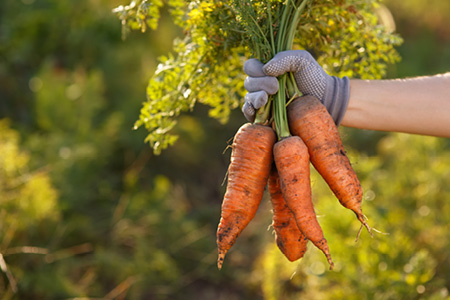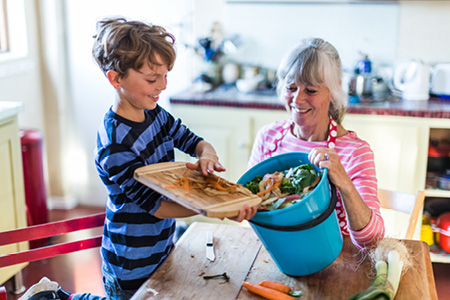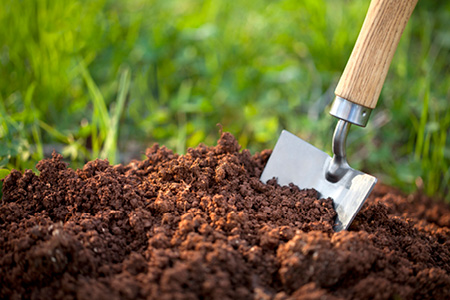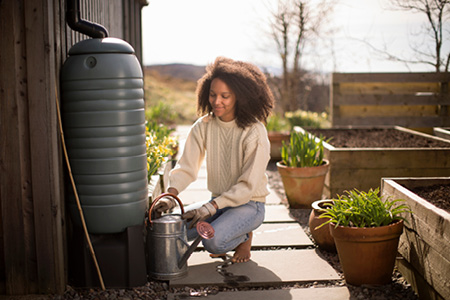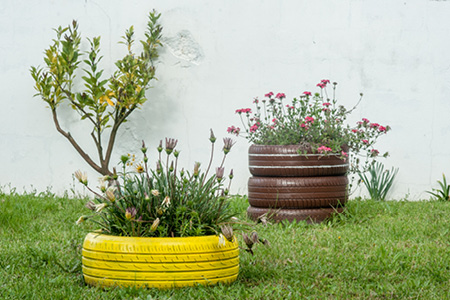Whether you’re searching for adventure, relaxation, or simply a place to escape the demands of the world, our green communities can provide us with a wonderful space to do so. What’s more, research from the Royal Horticultural Society and the universities of Sheffield, Westminster and Virginia found that a greener front garden can make you feel happier, more relaxed and closer to nature.1 So if our green communities can help us to take care of our wellbeing, what can we do to help return the favour?
There are many steps that we can all take to help protect our environment, such as recycling more, printing less and choosing greener travel options to name a few. However, we can even go one step further and look at the simple, but effective ways that we can help to protect our green community through caring for the green space that is right on our doorstep. With 15 million gardens in the UK2, that’s a whole lot of outdoor space!
In this article we explore 6 ways that you can enjoy and care for your garden with the environment in mind.
